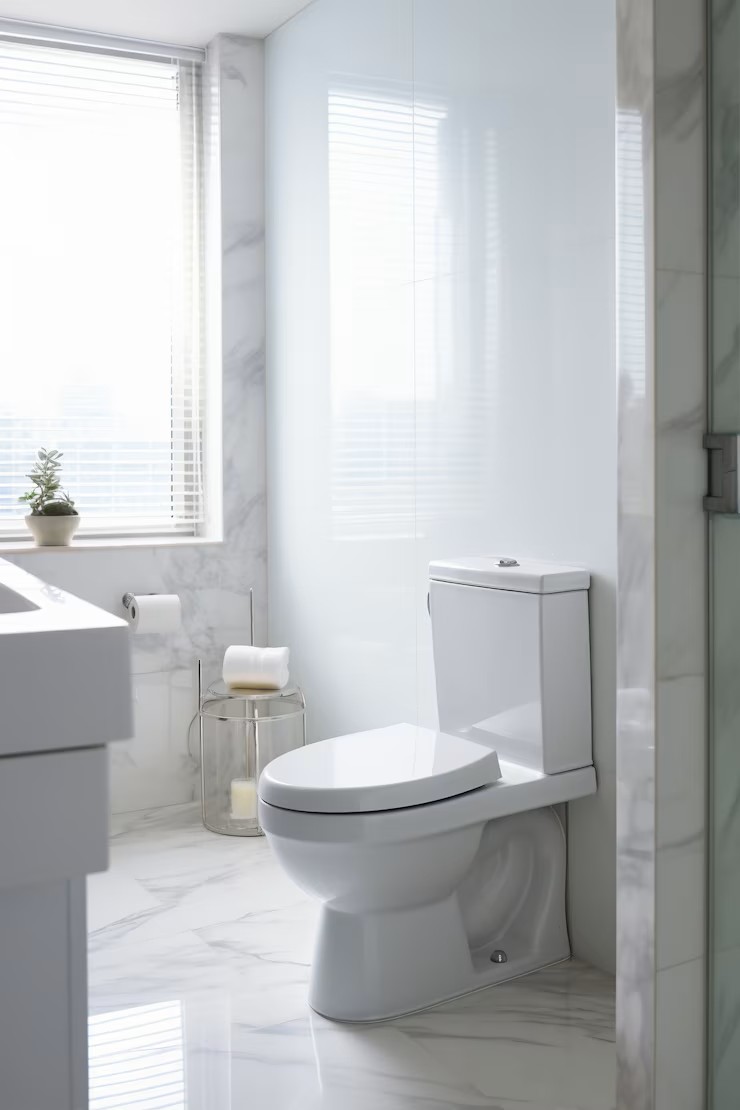Dry vs. Wet Toilet Installation Methods: Pros, Cons, and Cost Breakdown
Dry vs. Wet Toilet Installation: How to Choose the Right Method + Cost Breakdown
When installing a new toilet, one of the key decisions is whether to opt for a dry installation method or a wet (cement-based) method. Each has unique advantages and drawbacks depending on the bathroom environment, flooring condition, and long-term maintenance needs.
1. Dry Toilet Installation Method
This method relies on screws and silicone sealant instead of cement. It is commonly used in modern or dry-separated bathrooms.
Installation steps:
-
Determine the installation spot → Drill mounting holes → Apply sealant (e.g., putty) around the outlet pipe
-
Secure the toilet using screws
-
Apply silicone or rubber seal to complete the edge
Best suited for:
-
One-piece toilets with wide bases
-
Dry-separation bathrooms (to prevent mold)
Pros:
-
Fast installation, can be used immediately
-
Aesthetic finish with matching silicone
-
Easy to dismantle for future relocation
-
No cement expansion risks
Cons:
-
Prone to wobbling on uneven floors
-
May grow mold if installed in wet zones
-
Risk of damaging waterproof layers during drilling
Cost estimate: Starts at NT$2,000 (excludes old toilet disposal)
2. Wet Toilet Installation Method
The traditional method involves using cement mortar to fix the toilet in place, offering robust durability.
Installation steps:
-
Identify pipe location → Apply mortar (never pure cement)
-
Place and level the toilet
-
Smooth the surrounding mortar for sealing
Best suited for:
-
Older apartments with irregular pipe designs
-
Non-separated wet bathrooms
Pros:
-
Strong fixation, better sealing
-
No drilling required, preserves waterproofing
-
Mold-resistant and easier to clean
Cons:
-
Permanent fixing; removal is difficult
-
Requires 1–2 days to set before use
-
May absorb odor if ventilation is poor
Cost estimate: Starts at NT$2,000 (additional repair costs may apply)
3. Final Recommendations
Choosing the right method should depend on:
-
Bathroom environment (wet vs. dry separation)
-
Toilet design
-
Existing piping and flooring
Consult a licensed plumber or technician before making the final decision to avoid issues such as leakage or instability.



Comments
Post a Comment